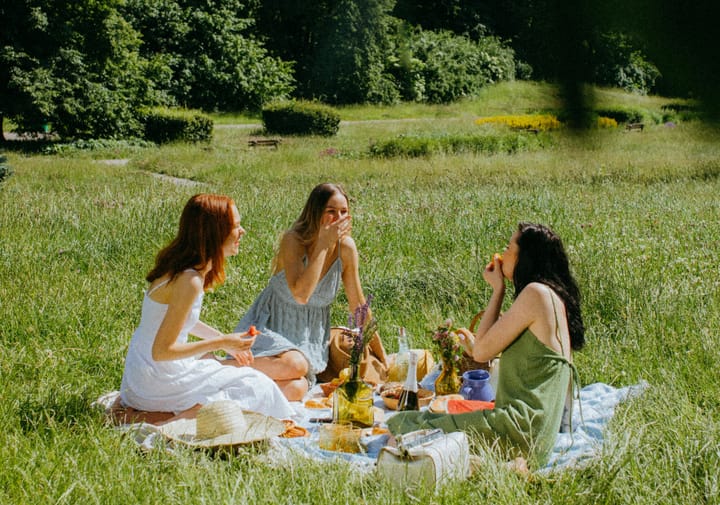The shade garden oasis: thriving where the sun doesn't shine
A well-planned shade garden can transform a challenging area into a pleasant, lush oasis where one can enjoy the quiet drama of texture and the subtle beauty of a small but elegant colour palette.

🔴 You might also like:

Even though summertime is commonly associated with images of sun-kissed flowers, many gardens contain areas that are either completely or partially shaded. The regions in question should not be regarded as limitations in terms of gardening; rather, they should be welcomed as opportunities to create a calm and tranquil sanctuary.
There are various plant selection and care strategies required for a shadow garden, yet it offers a distinct beauty and reprieve from the heat.
Learn to recognise variations of shade
There are variations in the shades. In the morning or late afternoon, the plant is exposed to direct sunlight for three to six hours, which is considered partial shade.
Many plants that thrive in woodland environments benefit from the dappled shade that is created when sunlight penetrates the leaves of trees.
The term "full shade" refers to a situation in which there is less than three hours of direct sunshine and wonderful indirect light throughout the rest of the day.
How to select the appropriate flowers and foliage
To create a stunning shade garden, it is essential to highlight the texture and colour of the leaves. Although there are not many flowers, the greens, silvers, and chartreuses are really breathtaking.
A variety of foliage stars, such as Hostas (blue or textured varieties that are resistant to slugs), Ferns (Maidenhair and Japanese Painted), and Brunnera (characterised by silvery, heart-shaped leaves), provide appeal throughout the entire year.
Flowers that love shade
Rich, season-long colour is provided by impatiens, which are used for darker shades. Astilbes are responsible for the airy plumes, and Hakonechloa, often known as Japanese Forest Grass, contributes a magnificent, flowing texture when grown in partial shade. Hydrangeas, particularly those of the Bigleaf and Oakleaf varieties, prefer an early morning sun and a cool afternoon shade.
It is common for leafy greens, such as spinach and lettuce, which bolt quickly when exposed to full sun, to flourish in the cooler conditions of a garden that receives partial shade.
When there is shade, tree roots usually fight with one another for water and nutrients. This has implications for the soil and water. Adding a large quantity of organic matter, such as compost that has been allowed to decompose and leaf mould, will help the soil to retain moisture.
Do not be under the impression that you will not need to water even if the shade will keep the ground cooler.
It is possible that the huge canopy of mature trees will occasionally prevent natural rains from falling. It is important to check the soil on a regular basis since the top layer may be dry even if the soil beneath it is humid.
🔴Have you read these articles yet? Each one is a quick read, and we think you’ll enjoy it.
👉 A quick guide to pest and disease control in your summer garden
👉 Building better money habits






Comments ()